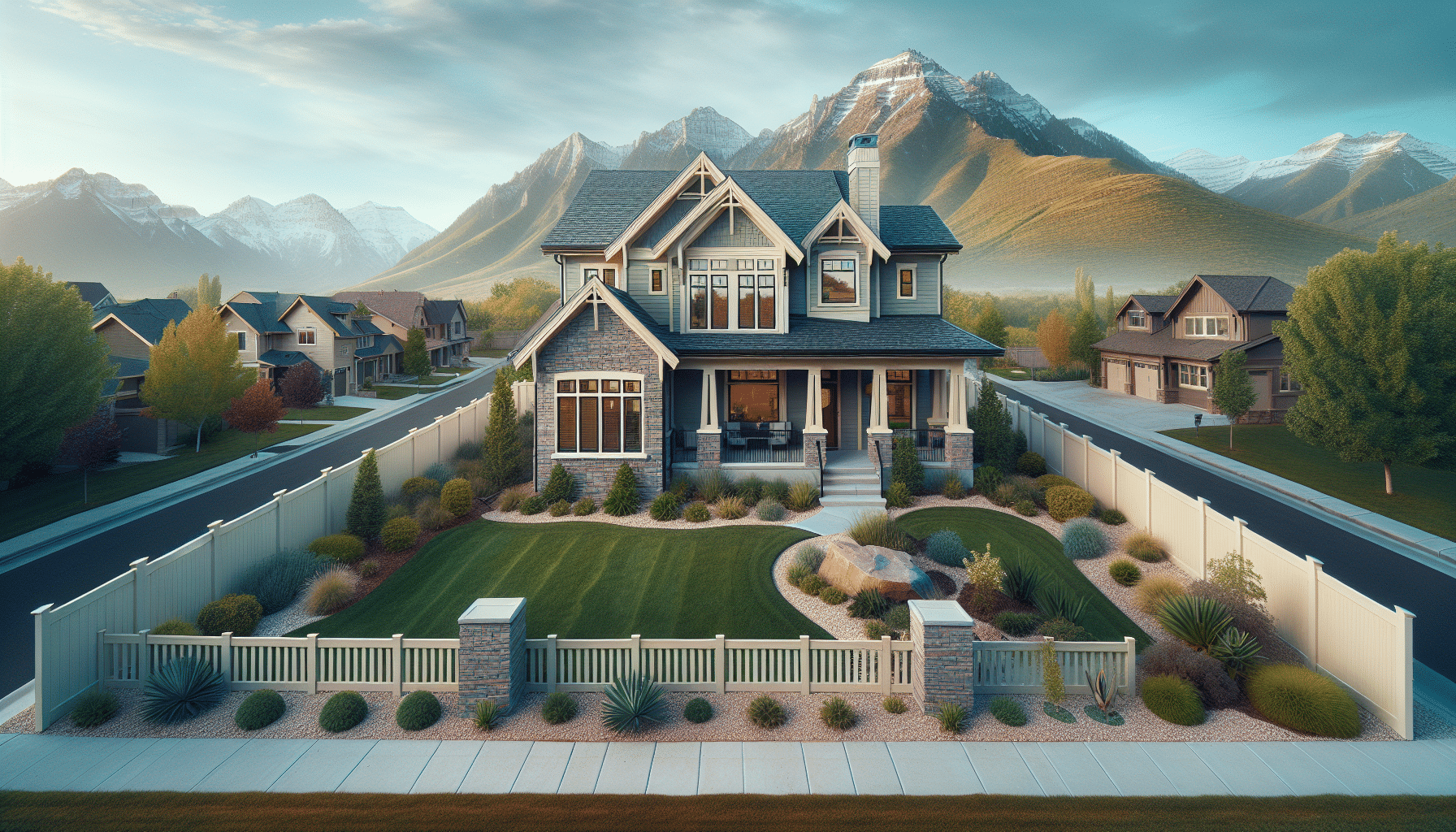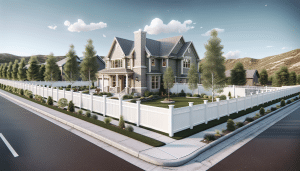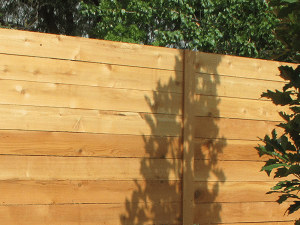Deciding to install a residential fence comes with its assortment of benefits, from heightened security to enhanced curb appeal. But before diving into this significant home improvement project, it’s crucial to arm yourself with the right information. As Logan Fence Company, we understand the nuances that come with fencing projects in our service areas. Through this article, we aim to guide homeowners through the essential considerations to make before installing their residential fence.
Contents
Understanding Your Purpose for Fencing
First and foremost, understanding why you want a fence is crucial. Is it for privacy, security, or simply to enhance your home’s aesthetic? Your purpose will significantly influence the type of materials, design, and height of your fence. For instance, a chain-link fence might be perfect for a garden but less so for privacy needs. Reflect on your primary reason for installing a fence to ensure your final choice aligns with your expectations and requirements.
Moreover, considering how your fence will fit into your landscape design is essential. Think about the visual harmony between your home’s architecture and the fence style you have in mind. This cohesion ensures that your fence not only serves its functional purpose but also contributes positively to your property’s overall look.
Choosing the Right Materials
- Wood: Offers a natural look and is highly customizable, making it ideal for privacy fences.
- Aluminum: Lightweight yet durable, aluminum fencing works well for decorative purposes and requires minimal maintenance.
- Vinyl: Known for its durability and low maintenance, vinyl fencing can mimic the appearance of wood without the susceptibility to rot or pests.
- Chain Link: This is an affordable option that provides security without obstructing views but offers less in terms of privacy.
- Wrought Iron: Though it comes at a higher cost, wrought iron fencing offers unmatched durability and a timeless aesthetic.
Local Regulations and Permits
Before you break ground on your fencing project, it’s imperative to familiarize yourself with local zoning laws and regulations. These rules can affect fence height, materials, and even the color. Ignoring them could mean having to modify or remove your fence post-installation, leading to unnecessary expenses and headaches.
Furthermore, securing the necessary permits is a critical step. Permits ensure that your fence plans comply with local codes and safety standards. The process might seem daunting, but it’s a vital step toward a hassle-free fencing project.
Setting a Budget
Setting a realistic budget is a cornerstone of any home improvement project, and fencing is no exception. The cost can vary widely depending on the materials, design, and length of the fence. It’s important to account not only for the initial installation costs but also for future maintenance. Some materials might have a higher upfront cost but could save you money in the long run due to their low maintenance needs.
It’s equally important to get quotes from several contractors to ensure you’re getting a fair deal. Be transparent about your budget with your chosen contractor to identify the best materials and design within your price range.
Respecting Boundaries
Understanding and respecting property boundaries is critical before installing a fence. The last thing you want is a dispute with your neighbors over a boundary infringement. A professional survey can accurately determine your property lines, giving you peace of mind and legal protection.
Additionally, consider the impact of your fence on your neighbors. A fence that blocks their view or sunlight might sour relations. Engaging in open communication with your neighbors about your fencing project can foster goodwill and prevent potential conflicts.
Choosing the Right Contractor
Choosing the right contractor can make or break your fencing project. Look for a company with a solid reputation, ample experience, and a portfolio of completed projects. Checking reviews and asking for references can provide insights into a contractor’s reliability and quality of work.
It’s also wise to ensure your chosen contractor is licensed and insured. This protects you from any liability in case of accidents or damages during the installation process. Our team at Logan Fence Company prides ourselves on our professionalism, expertise, and dedication to customer satisfaction.
Maintaining Your Fence
Once your fence is installed, proper maintenance is key to prolonging its lifespan and keeping it looking its best. Different materials require different care routines. For example, wooden fences might need to be stained or painted every few years, while vinyl fencing simply needs occasional cleaning with soap and water.
Regular inspections for any signs of damage or wear can help you address issues promptly, preventing minor problems from becoming costly repairs. Establishing a regular maintenance routine ensures your fence continues to serve its purpose and maintain its aesthetic appeal for years to come.
Considering the Climate
The climate in your region can significantly impact the best material choices for your fence. Some materials withstand harsh weather conditions better than others. For example, in areas with heavy rainfall or humidity, choosing a material resistant to rot and rust, such as vinyl or aluminum, might be beneficial.
In contrast, wood, while beautiful and classic, might require more maintenance in such climates to prevent weather-related damage. Taking the climate into consideration will help you choose a fence that maintains its integrity and appearance over time.
Long-Term Planning
When planning your fence, think long-term. Consider how your needs might evolve over time. For example, if you’re planning to have pets or children, selecting a fence design that provides safety and security might be a priority. Similarly, planning for easy access points or gates will accommodate future landscaping projects or large item storage.
Additionally, consider the potential impact of your fencing choice on your property’s resale value. A well-designed, durable fence can be an attractive feature to prospective buyers, potentially increasing your home’s market value.
Visual Appeal and Design
Your fence is an extension of your home, and as such, its design and aesthetic should reflect your personal style and complement your home’s exterior. Whether you prefer a modern, minimalist look or a more traditional, ornate design, the right fence can enhance your home’s curb appeal significantly.
Taking the time to select a design that harmonizes with your home’s architecture and landscaping can create a cohesive and visually appealing exterior. From material choice to color and style, every detail contributes to the overall look and feel of your property.
Conclusion
At Logan Fence Company, we’re committed to helping homeowners navigate the complexities of installing a new fence. From choosing the right materials and design to understanding local regulations and setting a budget, we’re here to ensure your fencing project is seamless and stress-free. Whether you’re ready to start your project or simply have questions, we’re here to help. Reach us by phone at 435-383-5152 or Request a Free Quote today.




